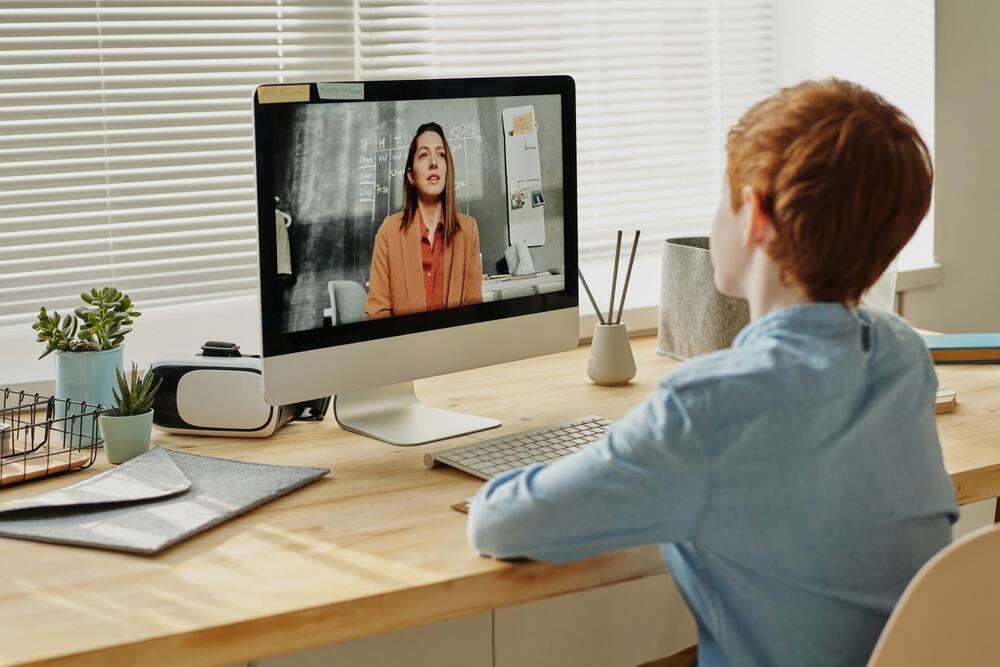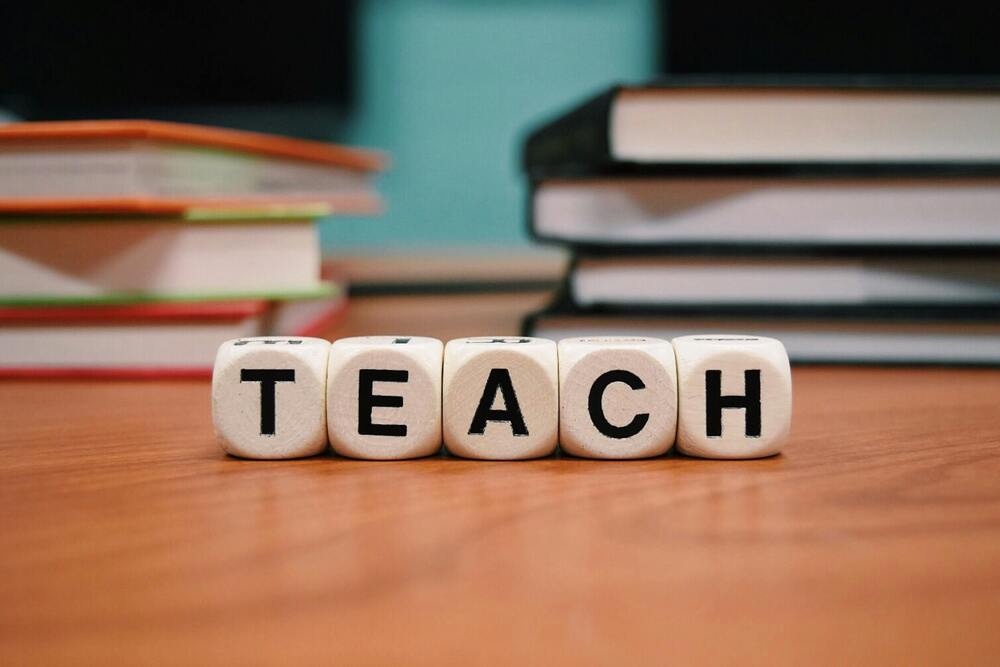In today’s fast-paced educational landscape, blended learning has emerged as a revolutionary approach that combines the best of both online and in-person teaching. This method not only enhances student engagement but also caters to diverse learning styles. With the rise of technology in education, understanding how to effectively implement blended learning is crucial for educators and institutions alike. ?✨

What is Blended Learning?
Blended learning is an educational approach that integrates traditional face-to-face classroom methods with online learning activities. This hybrid model allows for a more personalized learning experience, enabling students to learn at their own pace while still benefiting from direct interaction with instructors and peers. According to a report by the U.S. Department of Education, students in blended learning environments performed better than those in traditional classrooms, with a 20% increase in learning outcomes. ?
Benefits of Blended Learning
- Flexibility: Students can access materials anytime, anywhere, allowing them to balance their studies with other commitments.
- Personalized Learning: Instructors can tailor content to meet individual student needs, enhancing engagement and understanding.
- Increased Interaction: Blended learning fosters collaboration through online discussions and group projects, promoting a sense of community among students.
Statistics on Blended Learning
To illustrate the effectiveness of blended learning, let’s take a look at some compelling statistics:
| Statistic | Percentage (%) |
|---|---|
| Students who prefer blended learning | 70% |
| Improvement in student performance | 20% |
| Increase in student engagement | 30% |
| Institutions adopting blended learning models | 60% |
These numbers highlight the growing acceptance and success of blended learning in educational settings.
Implementing Blended Learning
To successfully implement a blended learning model, educators should consider the following steps:
- Assess Learning Objectives: Clearly define what you want students to achieve through the blended learning experience.
- Choose the Right Technology: Select platforms that facilitate online learning, such as Learning Management Systems (LMS) like Moodle or Canvas. These tools can help streamline course materials and assessments.
- Design Engaging Content: Create interactive and multimedia-rich content that keeps students engaged. Incorporating videos, quizzes, and discussion forums can enhance the learning experience. ??
- Foster Community: Encourage collaboration through group projects and online discussions. This can be achieved through platforms like Slack or Microsoft Teams, which facilitate communication and teamwork.
Challenges of Blended Learning
While blended learning offers numerous benefits, it also presents challenges that educators must navigate:
| Challenge | Solution |
|---|---|
| Technology access issues | Provide resources or training for students |
| Resistance to change from traditional methods | Offer professional development for educators |
| Balancing online and in-person components | Create a structured schedule for both formats |
By addressing these challenges head-on, educators can create a more effective blended learning environment.
The Future of Blended Learning
As technology continues to evolve, the future of blended learning looks promising. A survey conducted by the Online Learning Consortium found that 90% of institutions plan to expand their blended learning offerings in the next five years. This trend indicates a shift towards more flexible and accessible education, catering to the needs of modern learners.
Conclusion
Blended learning is not just a passing trend; it is a transformative approach that can significantly enhance the educational experience. By combining the strengths of online and in-person teaching, educators can create a dynamic learning environment that meets the diverse needs of students. As we move forward, embracing this model will be essential for fostering engagement, improving outcomes, and preparing students for the future. ?
For more insights on blended learning strategies, check out resources from Edutopia and The Chronicle of Higher Education. These platforms offer valuable information and case studies that can help educators implement effective blended learning practices.
In summary, blended learning is a powerful tool that, when executed thoughtfully, can lead to remarkable improvements in student engagement and performance. Let’s embrace this innovative approach and pave the way for a brighter educational future! ?



